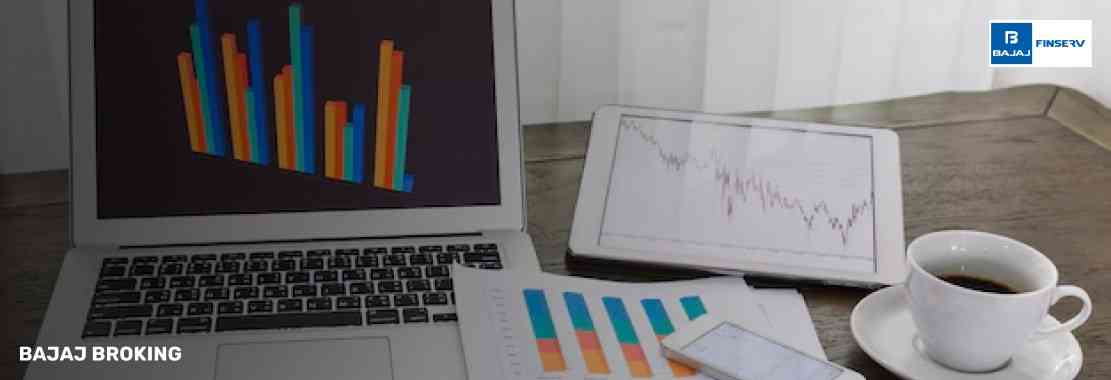It can feel like learning a new language when you do technical analysis. At first, it can be hard to understand patterns, lines, and breakouts. But as you start to put the pieces together, it seems like the market is giving you hints.
The Ascending Broadening Wedge Pattern is one of these clues. It seems like everything is fine—prices are going up and momentum is ramping up—but below, volatility is becoming worse. That broadening isn't a coincidence; it usually means something is wrong.
This trend can be seen in stocks, currency, and commodities. Traders think it could mean that things are going to change or break down. It isn't just theory to know how it originates and acts; it might mean the difference between seeing an opportunity and taking a risk.
Identifying An Ascending Broadening Wedge Pattern
When an asset is going up, but each swing gets wider than the last, it makes the Ascending Broadening Wedge Pattern. Like a train that picks up speed yet wobbles more with each curve, it will finally tip over.
Two Diverging Trendlines
Two lines that slope up and away from each other make up the structure. The top one keeps prices from going up (resistance), and the bottom one keeps them from going down (support).
Higher Highs and Higher Lows
Prices keep going up and down, but the distance between them keeps getting bigger. At first sight, it looks bullish, but the widening actually means that things are getting more unstable.
Increasing Volatility
Instead of gradual climbs, the movements inside the wedge became bigger and bigger. This strange beat is a clear sign that momentum is losing its balance.
Breakout Below Support
In the end, wedges break. The pattern is verified when prices drop below the support line. What normally happens next? A dramatic drop in the market.
Volume Fluctuations
The volume doesn't stay the same here. It goes up and down, but it almost always jumps after the last breakthrough, as if the market is letting out a long breath.
Examples of Ascending Broadening Wedge Patterns
Stock Market Example
Think about a company's stock going up steadily. The swings increase bigger with time, making the wedge. When the price violates support, it falls swiftly. People who recognised it early were able to short it and ride the drop.
Forex Market Example
Imagine that the EUR/USD is going up. The wedge shows up when the volatility rises. When the price finally drops below support, a trader waits and then jumps in, converting a weak structure into a straightforward short trade.
Commodity Trading Example
This is something gold does a lot. It goes up but makes the wedge. When the lower queue breaks, sellers rush in. Traders that see the change don't wait to sell and lock in their profits.
These examples show that the wedge doesn't care what kind of asset it is. The logic holds for stocks, currencies, and commodities. Being recognised is the edge.
Trading in an Ascending Broadening Wedge Pattern
Finding the wedge is only half the fight. The true test? When and how to trade it. This is how traders normally do it:
Identify the Pattern Early
Look for lines that are going in different directions with higher highs and lows. Check to see if the price swings are getting bigger instead of maintaining the same.
Observe Price Behaviour
Watch out for fatigued upward advances, when the volume is low when the price goes up but stronger when it goes down. That mismatch suggests that control is getting weaker.
Wait for a Breakout
Being patient is important. Many traders don't go within the wedge. They wait for a clear break below support to indicate that the market is going down.
Enter a Trade After Confirmation
Shorts come into play when support breaks. Traders set stop-losses just above the last peak to keep themselves safe.
Set Profit Targets
The target is normally set at the wider point of the wedge. If that width was ₹50, a lot of people think there would be at least ₹50 of negative movement after the breakout.
Additional Read: Rising Wedge Pattern
Risk Management in Ascending Broadening Wedge Pattern
It could be tempting to trade the wedge, but going too fast can be bad. Risk management is what separates a clean win from a horrible trap.
Avoid Premature Entries
It's a rookie mistake to jump before you get confirmation. Wedges take time. You can only enter after a proper break with volume or a retest that shows the move is real.
Beware of False Breakouts
Markets are tricky. Sometimes the price goes below support and then comes back inside. Traders check again with instruments like RSI or MACD before making a transaction to avoid getting caught.
Set Proper Stop-Loss Orders
You can't change a stop-loss. Without it, a quick rise may wipe away gains or, even worse, empty accounts. It's a way to protect yourself against the market's mood swings.
Position Sizing and Risk-Reward Ratio
Only risk what you can afford to lose. Smart traders make sure that even a bad trade won't hurt them too much. They also figure out the risk-reward ahead of time to keep trades smart.
Use Multiple Time Frame Analysis
A pattern on a 15-minute chart can look like it is going down, but if you zoom out, you might see a wider trend that is going up. Checking daily or weekly charts against each other stops you from trading against the tide.
Conclusion
The Ascending Broadening Wedge Pattern appears like it will go up, but it really means something else. Lines that are going in different directions and swings that are all over the place are signs that the uptrend is not stable.
Wedges will eventually break down. Traders who wait, check, and plan carefully can turn this "messy" pattern into a sure trading edge.




